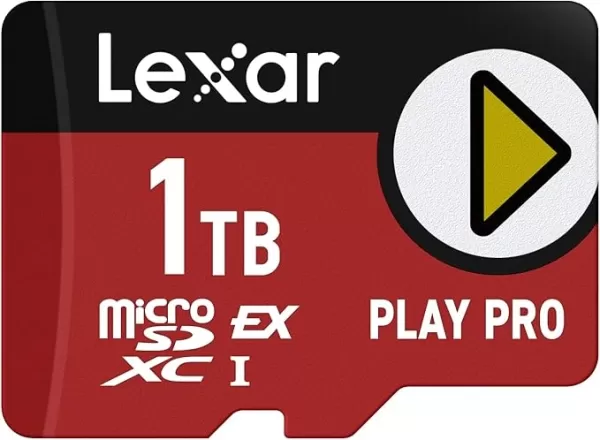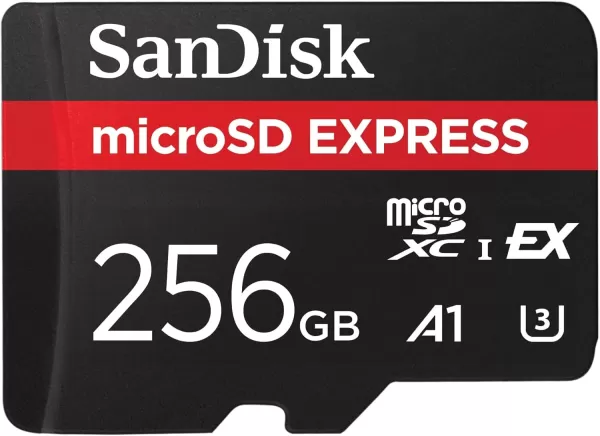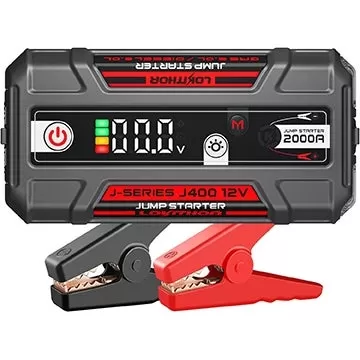Last week, Nintendo unveiled the much-anticipated Nintendo Switch 2, revealing that it exclusively supports expansion via MicroSD Express cards. While this may be a setback for gamers with existing MicroSD collections, the switch to MicroSD Express is a game-changer due to its significantly faster performance. These cards leverage an interface that matches the read/write speeds of the Switch 2's internal Universal Flash Storage (UFS), allowing games stored on expansion cards to load at speeds comparable to those on the internal storage. The trade-off, however, is the inability to use more affordable, non-Express MicroSD cards.
MicroSD vs. MicroSD Express
Over the years, MicroSD cards have evolved through six different speed ratings. Starting with a modest 12.5MB/s, speeds have escalated to the current high of 312MB/s with the SD UHS III (Ultra High Speed) standard. Five years ago, the SD Association introduced the SD Express standard, dramatically boosting performance. The key difference lies in the use of a PCIe 3.1 interface instead of the slower UHS-I, enabling full-sized SD Express cards to achieve transfer speeds up to 3,940MB/s. Although MicroSD Express cards don't reach these peak speeds, they still offer impressive performance at up to 985MB/s, which is three times faster than the top non-Express MicroSD cards.
Why Does the Switch 2 Require MicroSD Express?
While Nintendo typically keeps its hardware decisions under wraps, the requirement for MicroSD Express cards on the Switch 2 is likely driven by the need for speed. Games on a MicroSD Express card will load much faster compared to those on a traditional UHS-I MicroSD card, thanks to the PCIe 3.1 interface. This move aligns with the Switch 2's upgraded internal storage from eMMC to UFS, ensuring that external storage matches the internal speeds. Early demos have shown significant load time improvements, with fast travel in games like Breath of the Wild now taking only 35% of the previous time according to Polygon, and a 3x faster initial load as reported by Digital Foundry. These enhancements could be attributed to both the faster storage and improved CPU and GPU capabilities. By requiring MicroSD Express, Nintendo ensures that future games requiring faster disk speeds won't be hindered by slower SD cards, and it paves the way for even faster storage solutions in the future, potentially reaching the SD 8.0 Specification's 3,942MB/s.
AnswerSee ResultsMicroSD Express Capacity Options
Currently, the adoption of MicroSD Express cards has been slow, but with the launch of the Nintendo Switch 2, this is expected to change. At present, options are limited. Lexar, for instance, offers a single MicroSD Express card in 256GB, 512GB, and 1TB capacities, with the 1TB variant priced at $199.
 ### Lexar Play Pro MicroSD Express
### Lexar Play Pro MicroSD Express
0See it at Amazon
SanDisk, on the other hand, provides a single MicroSD Express card with a maximum capacity of 256GB, which matches the internal storage of the Switch 2. As the Switch 2 hits the market, we might see limited options for MicroSD Express cards beyond 512GB. However, as demand grows, companies like Samsung are likely to increase production, leading to more options and capacities over time.
 ### SanDisk MicroSD Express 256GB
### SanDisk MicroSD Express 256GB
0See it at Amazon








